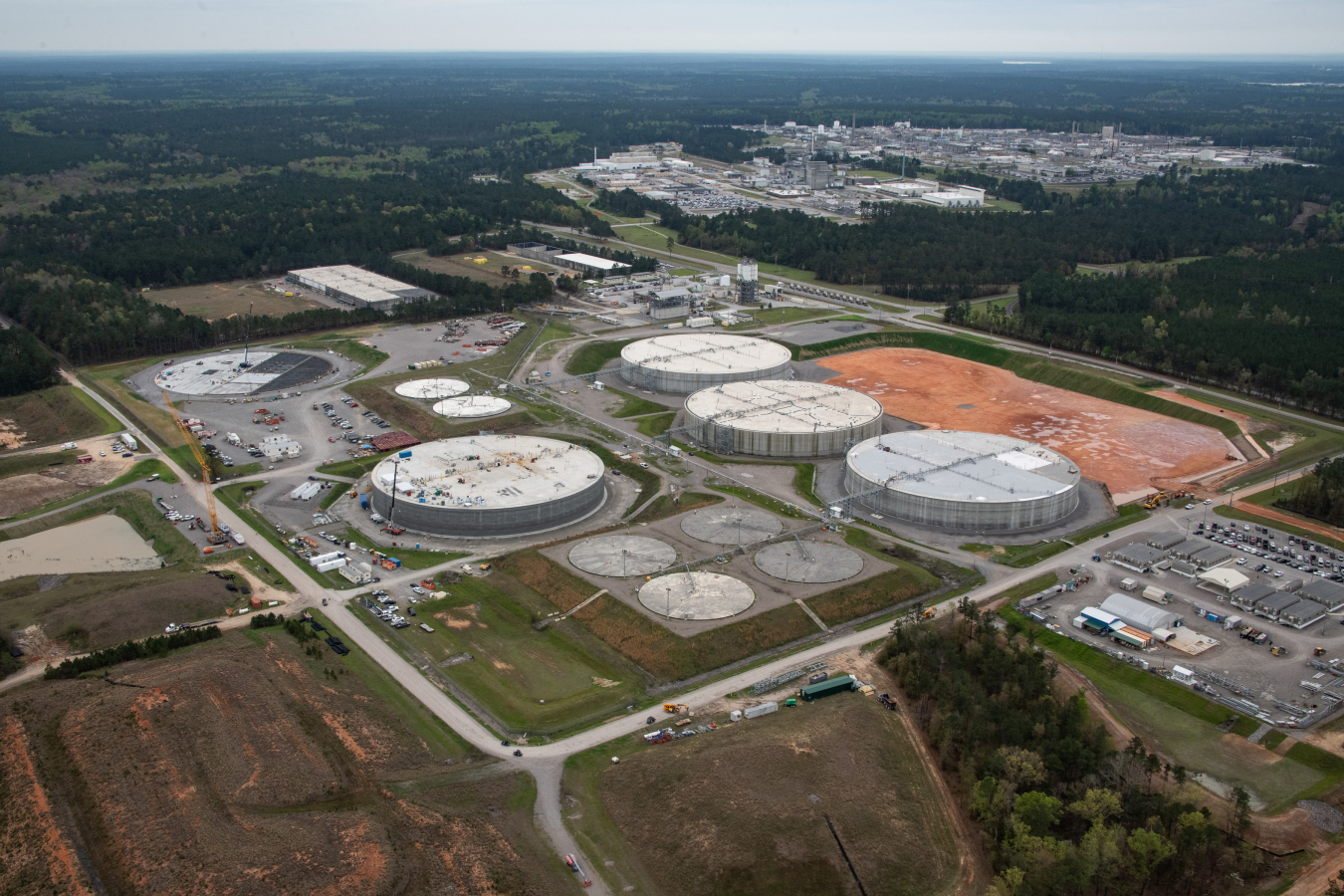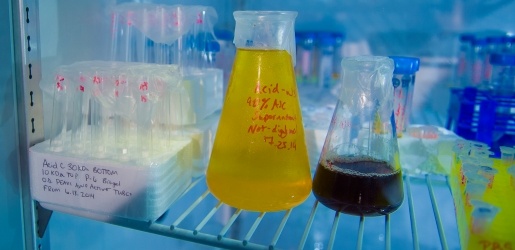Specialist Liquid Waste Removal Melbourne: Maintaining Your Environment Tidy
Specialist Liquid Waste Removal Melbourne: Maintaining Your Environment Tidy
Blog Article
Exactly How Liquid Garbage Disposal Functions: An In-depth Introduction of Techniques and Technologies Employed

Overview of Liquid Waste Types
The intricacy of fluid waste kinds demands a detailed understanding of their characteristics and implications for disposal. Fluid waste can generally be classified right into a number of types, including industrial, municipal, farming, and unsafe waste. Each group shows distinctive buildings, calling for details monitoring methods to alleviate ecological and health and wellness risks.
Industrial liquid waste stems from making procedures and usually contains a series of pollutants, such as heavy steels, solvents, and natural compounds. Municipal fluid waste, mostly making up wastewater from households and business establishments, contains natural matter, nutrients, and pathogens (industrial wastewater treatment). Agricultural fluid waste, including drainage from ranches, may have plant foods, chemicals, and animal waste, positioning risks to water high quality and communities
Hazardous fluid waste is characterized by its toxicity, reactivity, or possible to cause damage. Understanding these diverse fluid waste types is important for creating effective disposal techniques and ensuring compliance with ecological policies.
Physical Treatment Techniques

Testing is the first step, where bigger fragments and particles are removed from the fluid waste utilizing displays or grates. This procedure secures downstream devices from damages and ensures smoother procedure. Complying with testing, sedimentation makes use of gravitational force to separate solids from fluids. In sedimentation storage tanks, larger bits settle at the base, creating a sludge layer, while the made clear liquid can be more treated.
Filtration is an additional necessary technique that involves passing the fluid through permeable materials, such as sand or membrane layers, to catch smaller sized bits. This step improves the quality of the fluid, making it suitable for succeeding treatment procedures.

Chemical Therapy Techniques
Chemical therapy techniques are necessary for efficiently taking care of liquid waste, specifically in dealing with liquified and colloidal contaminants that physical techniques might not sufficiently get rid of. These methods make use of various chemical agents to counteract, precipitate, or transform unsafe substances right into much less damaging kinds.
One common method is coagulation and flocculation, where chemicals such as alum or ferric chloride are contributed to advertise the aggregation of suspended bits. This procedure boosts sedimentation, allowing for much easier elimination of the resulting sludge. Additionally, oxidation processes, utilizing representatives like chlorine or ozone, are employed to break down complicated natural substances and virus, rendering the waste much safer for discharge or additional therapy.
Neutralization is an additional critical technique, which adjusts the pH of acidic or alkaline waste streams to neutral levels, protecting against potential harm to downstream systems and the environment. Additionally, progressed oxidation procedures (AOPs) use mixes of oxidants find and ultraviolet light to weaken relentless pollutants, achieving a higher level of treatment efficiency.
Organic Therapy Procedures
Organic therapy procedures play a crucial role in the management of fluid waste by making use of microbes to decompose organic issue and lower impurity degrees. These processes can be extensively categorized into anaerobic and aerobic therapies, each using details microbial areas to accomplish efficient waste degradation.
Aerobic therapy entails using oxygen to help with the break down of organic products by germs. This process is typically implemented in turned on sludge systems, where oygenation storage tanks offer a conducive setting for microbial development, resulting in the oxidation of natural toxins. The resultant biomass can be separated from dealt with effluent with sedimentation.
On the other hand, anaerobic therapy happens in the absence of oxygen, relying upon various bacteria to damage down raw material. This technique is particularly useful for high-strength waste, as it blog here produces biogas, a renewable resource source, while lowering sludge production. Technologies such as anaerobic digesters are frequently employed in municipal and industrial applications.
Both aerobic and anaerobic biological therapies not only lessen the environmental influence of liquid waste however also assist in resource healing, making them necessary elements of lasting waste management methods. Their versatility, effectiveness, and performance sustain their prevalent implementation throughout numerous sectors.
Emerging Technologies in Disposal
Ingenious strategies to liquid waste disposal are quickly advancing, driven by improvements in modern technology and an increasing emphasis on sustainability. Among these arising modern technologies, membrane layer bioreactors (MBRs) have actually gained grip for their capability to combine organic treatment with membrane purification, leading to top notch effluent that can be reused in numerous applications. MBRs allow smaller sized impacts and much more effective operations compared to standard systems.
An additional appealing development is the use of anaerobic digestion integrated with nutrient recuperation technologies, which not only treats fluid waste yet additionally generates biogas and recovers valuable nutrients like nitrogen and phosphorus. This dual benefit boosts source performance and minimizes ecological effect.
Furthermore, advanced oxidation procedures (AOPs) are being adopted for the destruction of intricate organic toxins. These approaches use powerful oxidants and stimulants to damage down impurities at the molecular degree, using an extremely effective solution for tough waste streams.
Additionally, the combination of synthetic intelligence and equipment discovering in waste administration systems is optimizing functional effectiveness and predictive upkeep, causing reduced costs and boosted environmental compliance. These modern technologies show a significant change in the direction of more effective and lasting liquid garbage disposal methods.
Verdict
Finally, effective fluid waste disposal demands a detailed understanding of various strategies and technologies. The assimilation of physical, chemical, and biological therapy techniques ensures the effective monitoring of diverse waste kinds. Furthermore, the introduction of innovative innovations enhances therapy efficiency and promotes sustainability in waste administration practices. By continually advancing these techniques, it becomes feasible to address the growing obstacles related to fluid waste, inevitably adding to ecological protection and resource recuperation.
Fluid waste disposal is an important aspect of environmental administration, needing a detailed understanding of various methods and modern technologies customized to various waste types. Liquid waste can broadly be categorized right into several types, including industrial, municipal, agricultural, and unsafe waste. Agricultural fluid waste, consisting of drainage from ranches, see here might consist of plant foods, pesticides, and animal waste, positioning risks to water quality and environments.
Different physical treatment methods play a vital role in managing liquid waste properly - industrial wastewater treatment.In verdict, reliable fluid waste disposal requires an extensive understanding of different techniques and technologies
Report this page